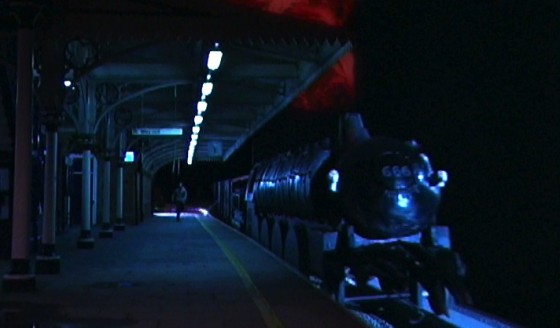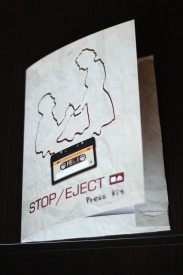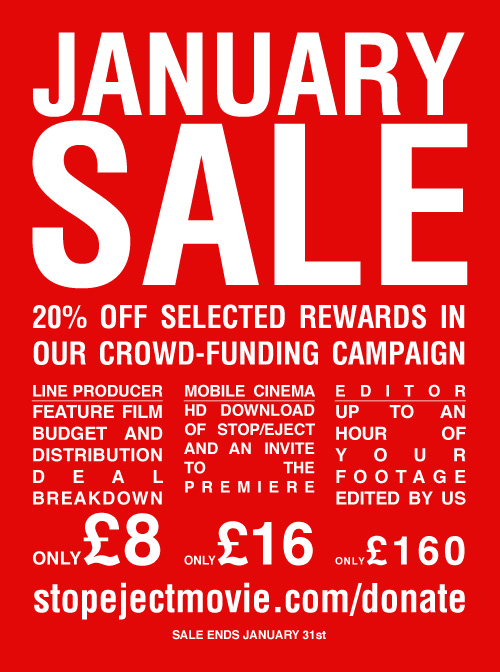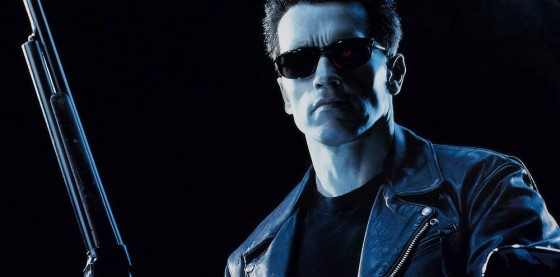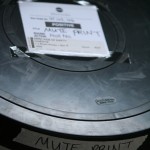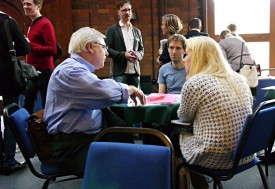Last month the lastest Eric Bana movie, Deadfall, was released in US cinemas. The unusual thing is that it had already been out for a month on demand. This is one of the first examples of yet another massive shift that’s occurring in the film industry.
For the first few decades of its life, cinema was unique. Then television came along. The film industry responded by introducing colour and widescreen aspect ratios to the cinema. TV eventually caught up with both of these developments. As we approached and entered the new millennium our home entertainment options were expanding exponentially. TVs are now huge, 5.1 surround sound systems are highly affordable; you can even watch 3D at home if you want.
So why go to the cinema?
Until recently, the answer was “because you have to if you don’t want to wait months for the DVD release”. This is known as the theatrical window, the time within which a film must be exclusive to cinemas, before it becomes available in other media. Many claim this system fosters piracy. After all, if you could buy or watch a film on demand for a reasonable price as soon as it’s first released, why would you pirate it?
Many others claim that without this system, cinemas would go bust. I suspect this may be true.
I will be interested to see what happens as more and films follow Deadfall’s example. Clearly the aim is to create word of mouth with the on-demand release, building the film up to the point where people will be desperate to see it on the big screen. Sorry, I mean the slightly-bigger-than-the-screen-you-have-at-home screen.

Ask yourself this: what happened to phone boxes when the infinitely convenient and flexible mobile phone became affordable? The same fate, I fear, awaits cinemas.
Because we can all have cinemas in our homes now. If we want to ban popcorn from our living rooms and pause the film whenever some weak-bladdered buffoon has to get up, we can. Or (and I’ll never, ever understand this behaviour) if we want to make phone calls and chat to our mates all through the movie, we can do that too without spoiling anyone else’s enjoyment.
The only possible reason to go to the cinema is to watch a movie on 35mm film….. Oh no, hang on… You can’t do that any more either.
Right, I’m off out to see Les Miserables. At the cinema. While I still can. If I could watch it on demand, would I? Given that it’s f**king cold outside and Hereford Odeon only seems to project digitally now, yes, I’d probably stay home and watch it on demand. A sobering thought.
